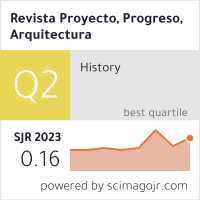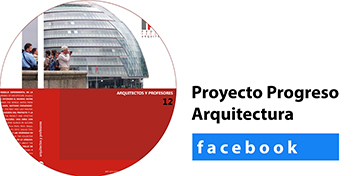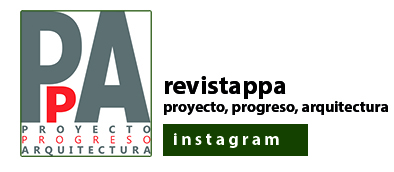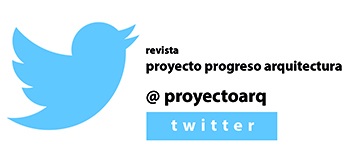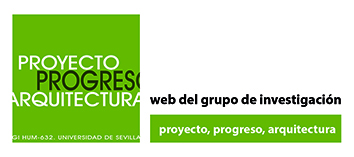Author CRediT (Contributor Roles Taxonomy)
This journal considers an author of a published paper to be a person who has made a significant intellectual contribution to it. Following the guidelines of the Committee on Publication Ethics (COPE), the following requirements must be met in order to be listed as an author:
1 - To have participated in the conception and design, or in the acquisition of the data, or in the analysis and interpretation of the data of the work that has resulted in the article.
2 - Have participated in the drafting or critical revision of the text.
3 - Have approved the version that is finally published.
Those who do not meet these three criteria can only be acknowledged in the acknowledgements. To avoid the risk of fictitious or usurped authorship, it is recommended that, at the time of submitting the document, all authors agree on their contributions and the order in which they will appear in the list of co-authors.
To specify the contribution of each author to the paper, it is recommended to use the criteria established by the CRediT taxonomy (Contributor Roles Taxonomy):
- Conceptualisation - Ideas; formulation or evolution of the general aims and objectives of the research.
- Formal analysis - The application of statistical, mathematical, computational or other formal techniques to analyse or synthesise research data.
- Research - Conducting an investigation and research process, specifically conducting experiments, or collecting data/evidence.
- Methodology - Methodology development or design; modelling.
- Writing - original draft - Preparation, creation and/or presentation of the published work, specifically the writing of the initial draft (including substantive translation).
- Writing - reviewing and editing - Preparation, creation and/or presentation of the published work by members of the original research group, specifically critical review, commentary or revision - including pre- or post-publication stages.
The contribution of each authorship should be stated at the end of the article in a note entitled ‘Statement of authorship contribution’.
Authors can use any of the three most common practices to determine the order in which the article is signed:
- ‘First-last-author-emphasis’ approach (FLAE): the first signature and the last signature are equally important. Between them, the order of signature is considered to indicate decreasing contributions.
- Sequence-determines-credit approach (SDC): the order indicates importance.
- Equal contribution norm (EC): alphabetical sequence is used to recognise similar contributions or to avoid disputes in collaborative groups.
The opinions and facts stated in each article are the sole responsibility of the authors, as well as the ethical appropriateness of the article. Furthermore, they must make it explicit that the text is their own and that the intellectual property rights of third parties are respected. It is also their responsibility to ensure that they have permission to use, reproduce and print material not owned/authored by them (tables, graphs, maps, diagrams, photographs, etc.). Authors, by submitting an article, agree that it is original and has not been submitted for consideration or published in any other journal.
To eliminate name confusion and ensure proper attribution of publications and citations, this journal requires the ORCID ID for all authorships. Although it alone cannot guarantee a secure identity, the adoption of ORCID is a further check against authorship identity fraud.
Changes in authorship
Any addition, deletion or rearrangement of names must be made before the manuscript has been accepted and only with the approval of the journal editor.
To request such a change, the author should send to the editor:
a - the reason justifying the request for modification of the authorship list.
b - written confirmation from all authors expressing their agreement with the addition, deletion or rearrangement. In the case of the addition or deletion of an author, the confirmation of the affected authorship must also be included.
In a manuscript that has already been accepted, the addition, deletion or rearrangement of authors will only be considered if there are exceptional circumstances. Publication of the article will be halted while the request for changes is evaluated. If the manuscript is already published online, any approved change request will result in a correction note.
Authorship conflict of interest
The most easily identifiable conflicts of interest are financial relationships such as direct employment, consultancy fees, company shareholdings, honoraria, patent authorship or conference fees. However, there may also be conflicts of interest arising from friendships, intellectual rivalries, academic competitions or beliefs. When submitting an article for publication, all authors are responsible for declaring any financial or personal relationship with any public or private entity that could (intentionally) influence the results of their work. Likewise, authors must declare any non-financial relationship that could cause a conflict of interest in their manuscript (personal, academic, ideological, intellectual, political or religious).
Conflicts of interest, both financial and non-financial, must be disclosed at the time of submission. The idea is not to prevent authors with potential conflicts of interest from publishing; it is to ensure that such conflicts can be clearly identified, so that readers can judge whether the authorship might be affected by a bias that could influence the work.
A note entitled ‘Conflict of interest’ will be published at the end of the article. If absent, the note will read ‘None’.
